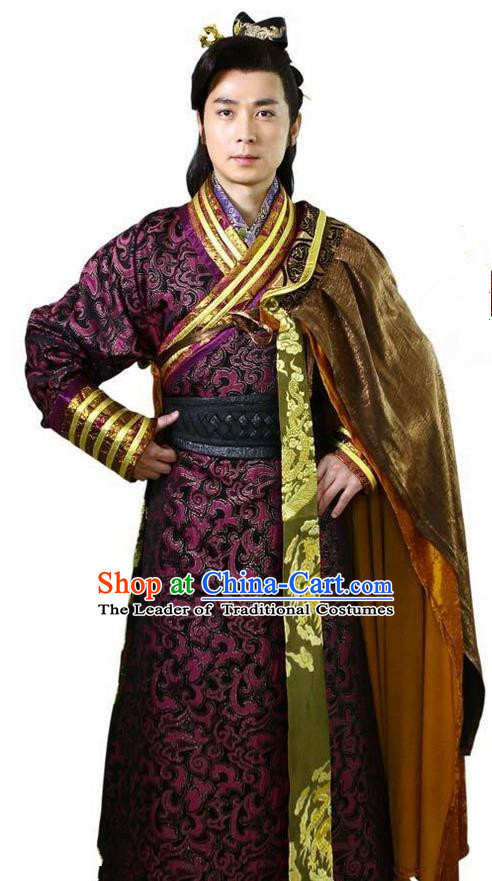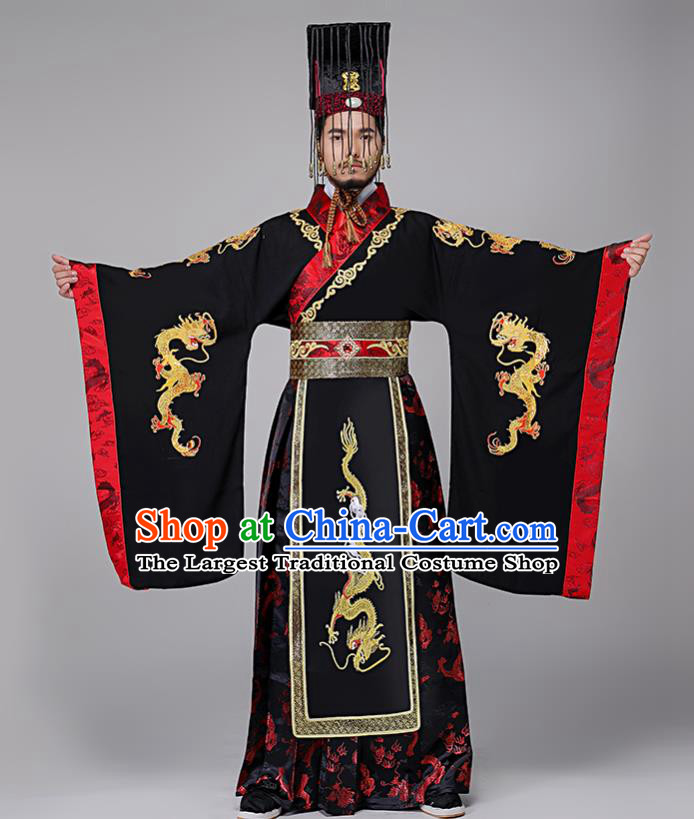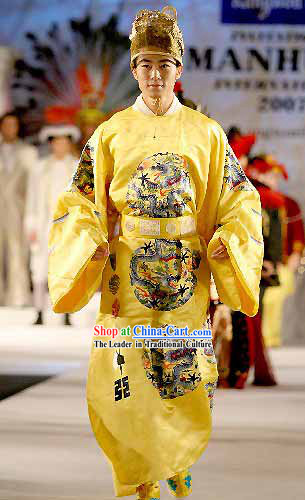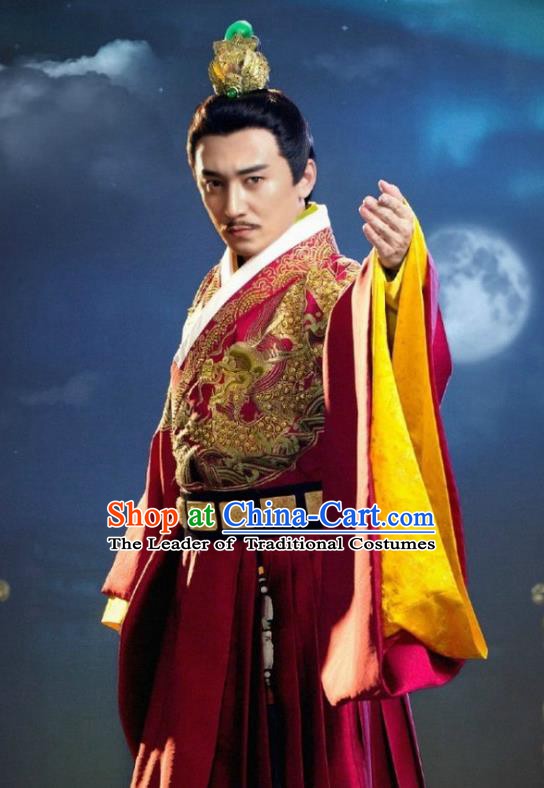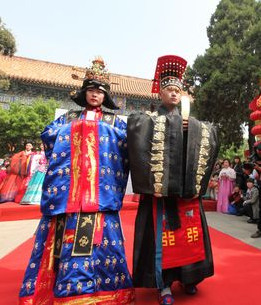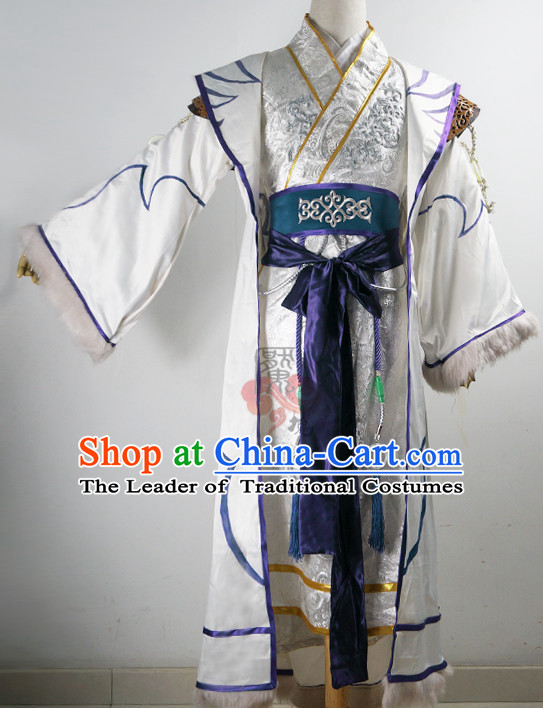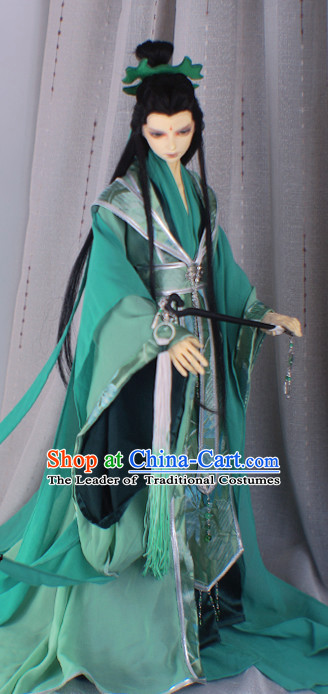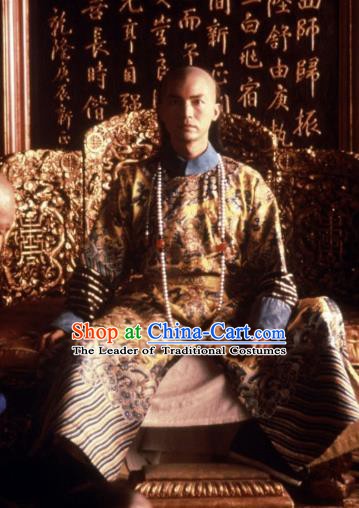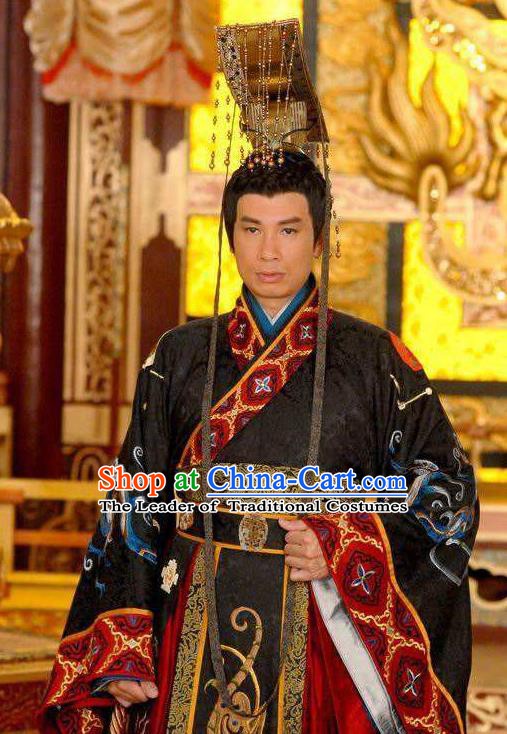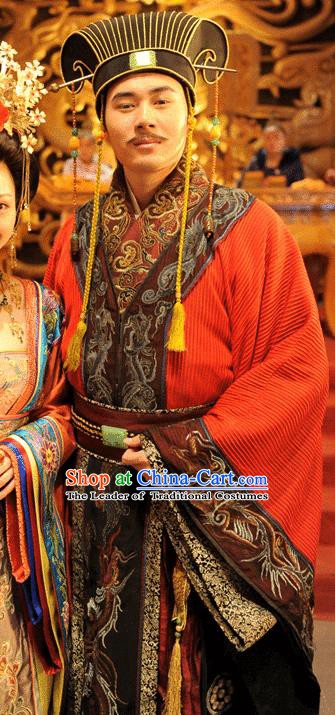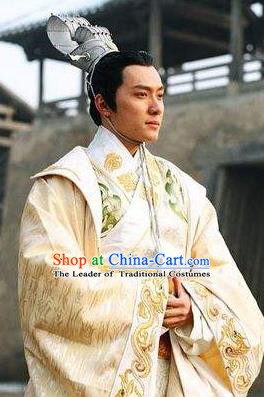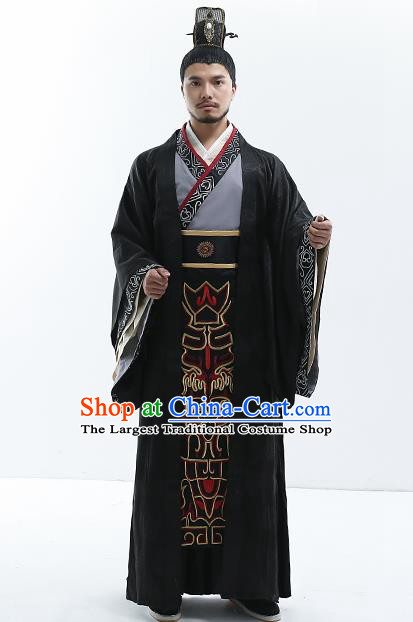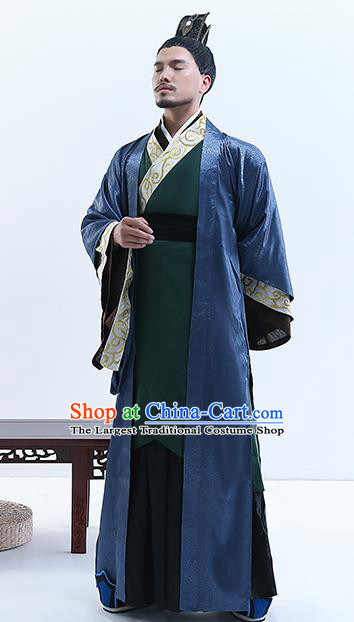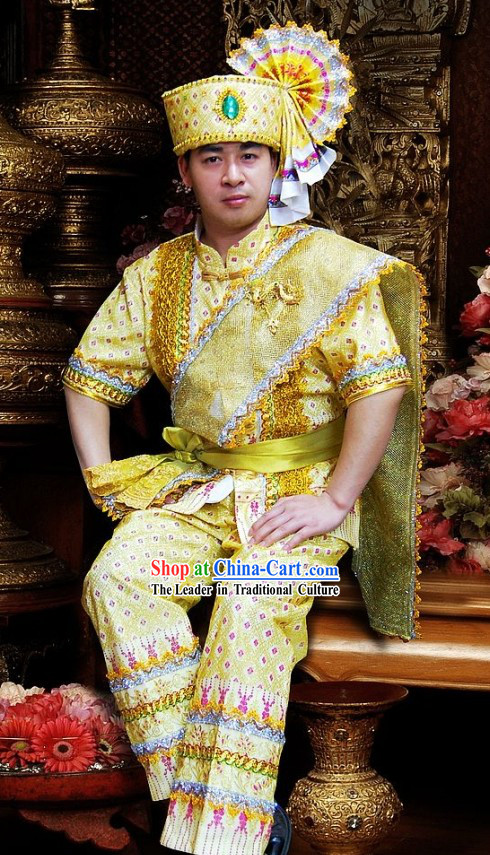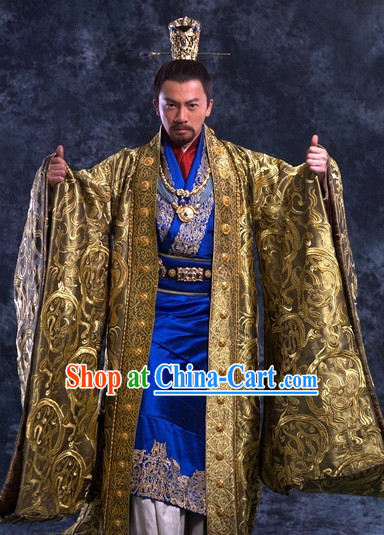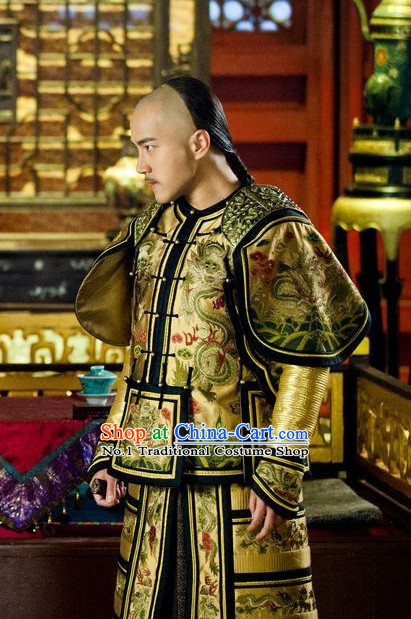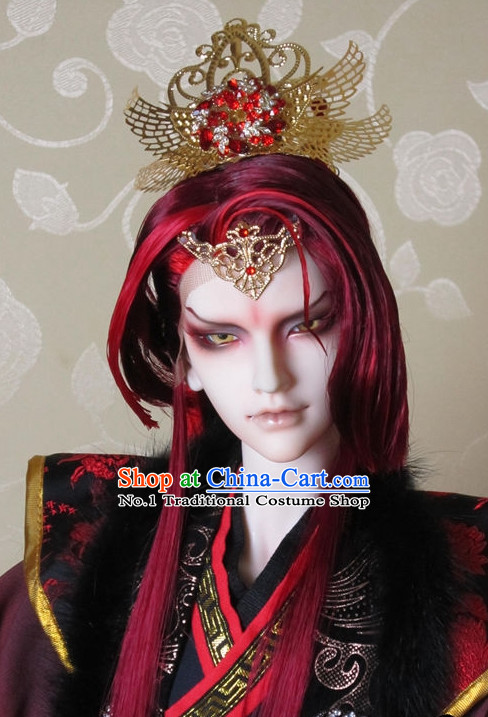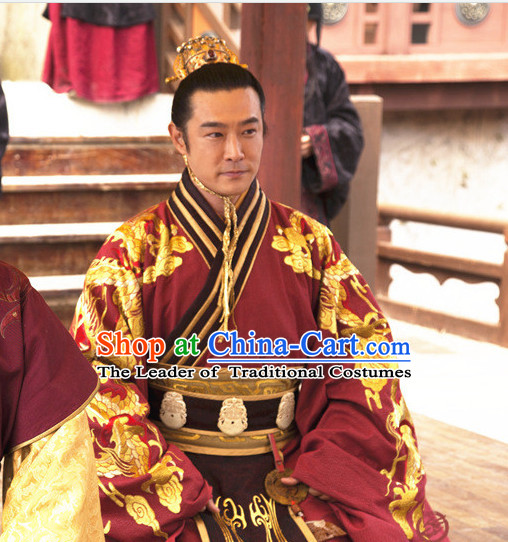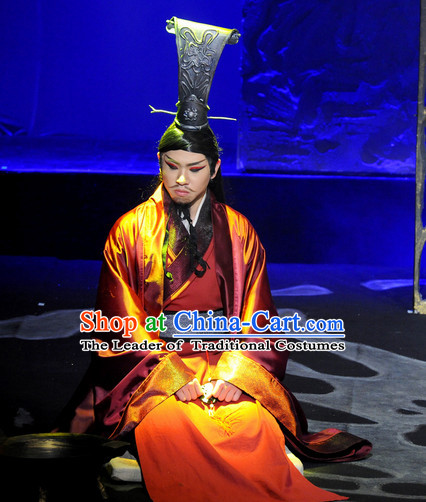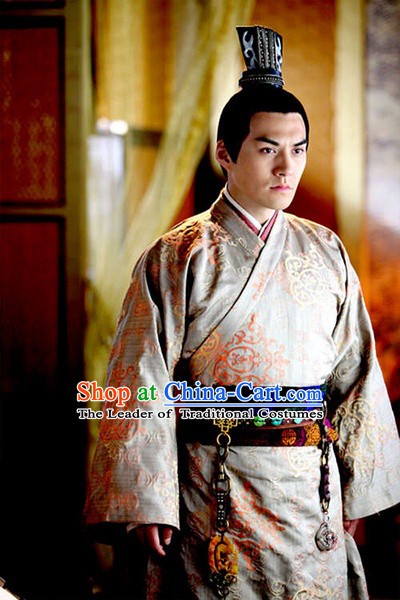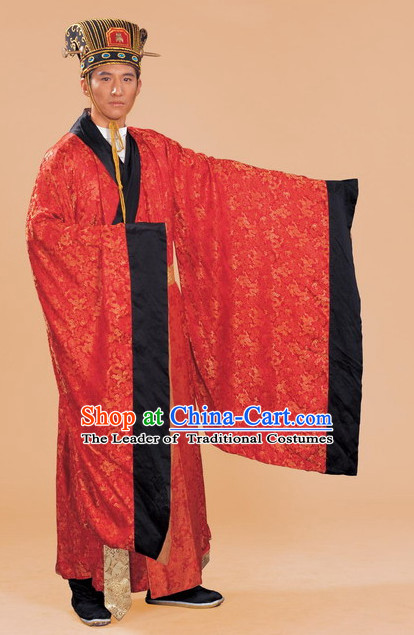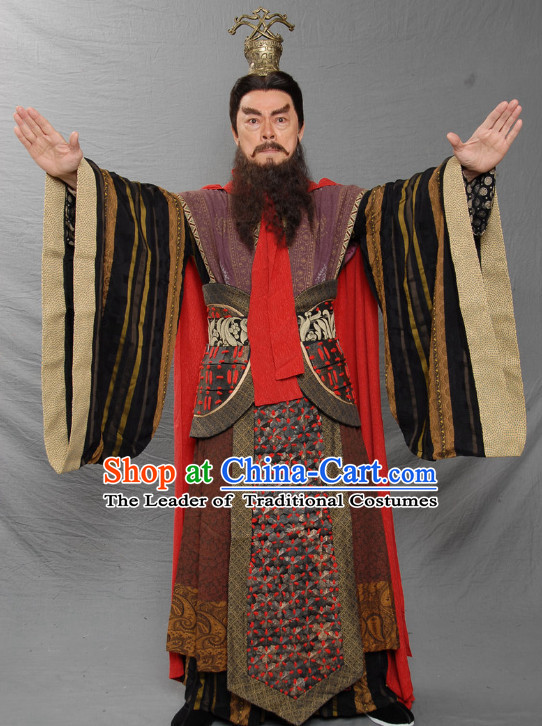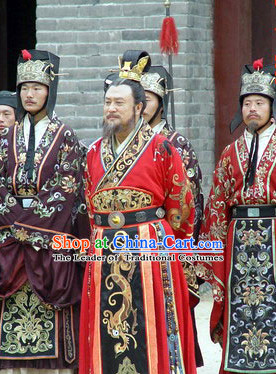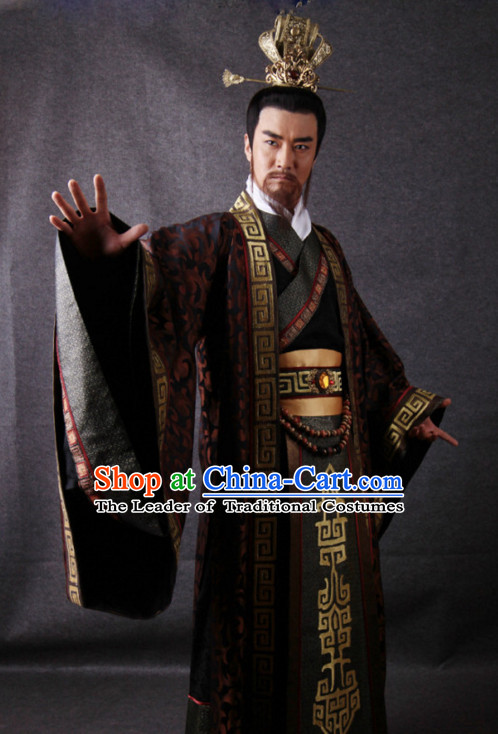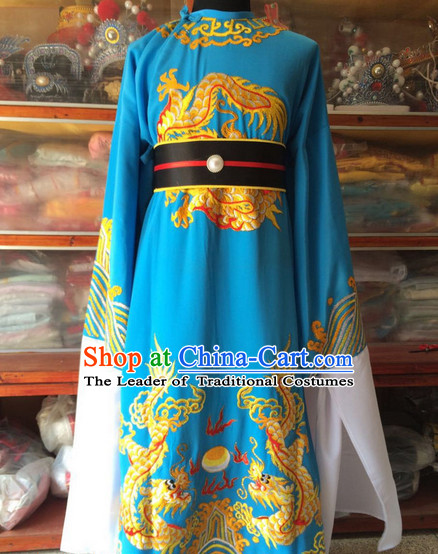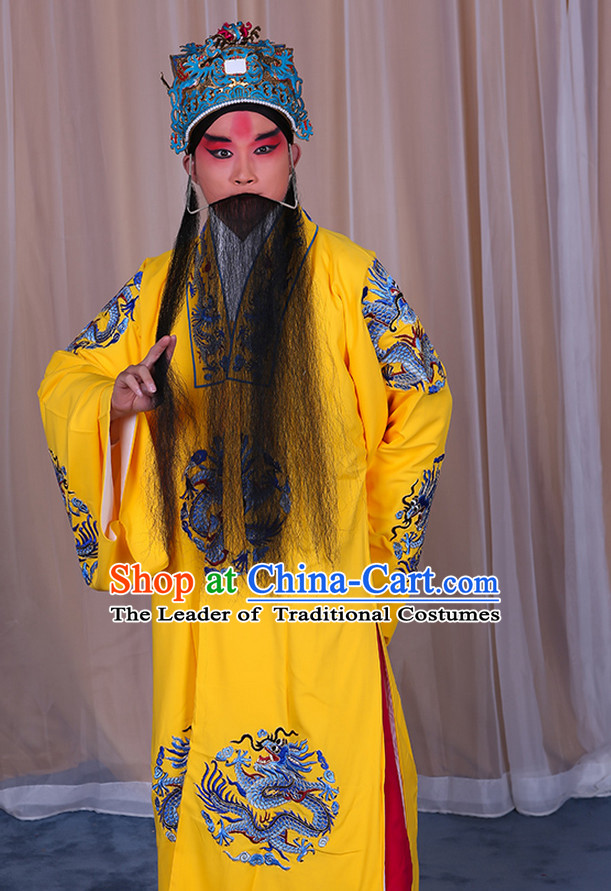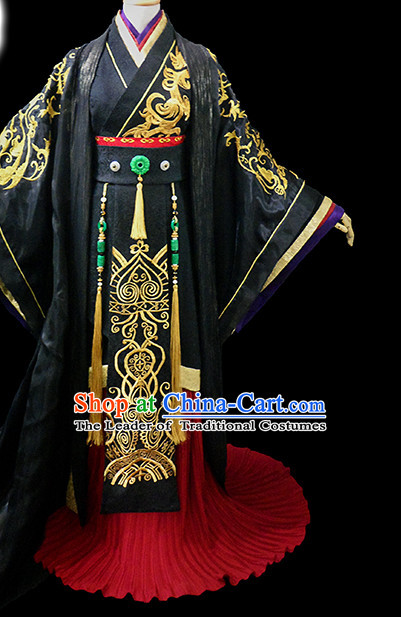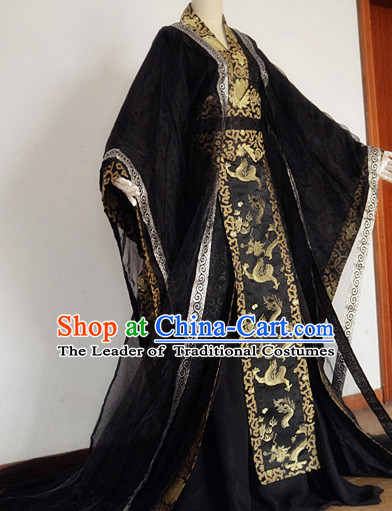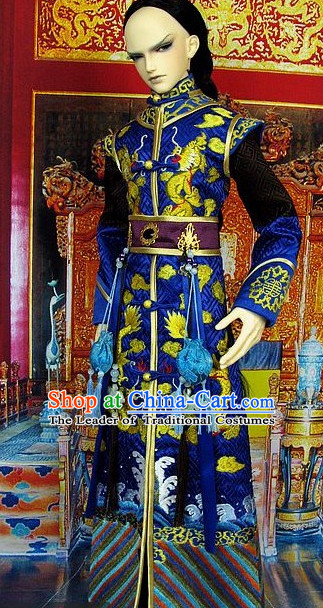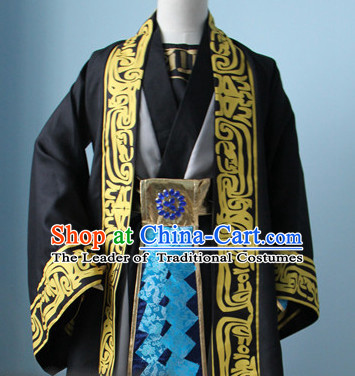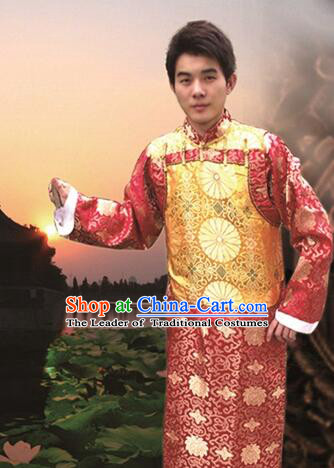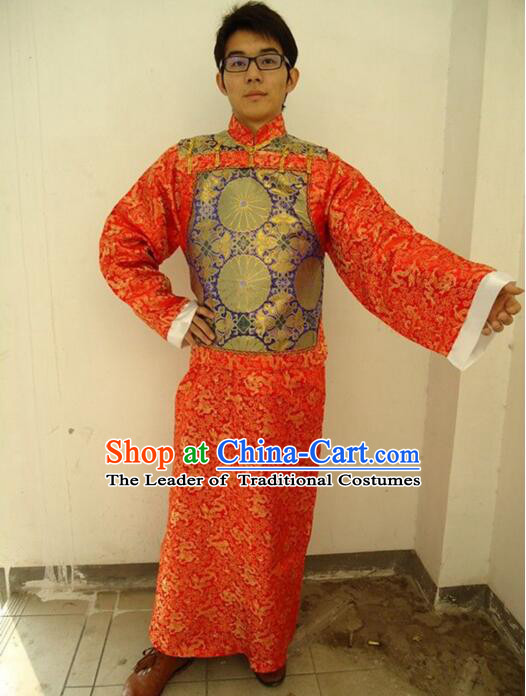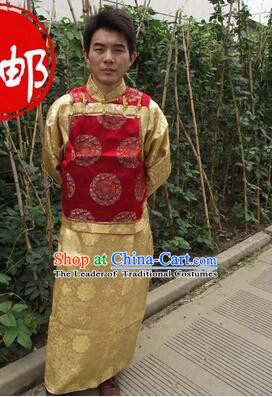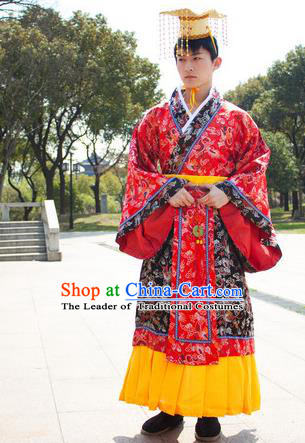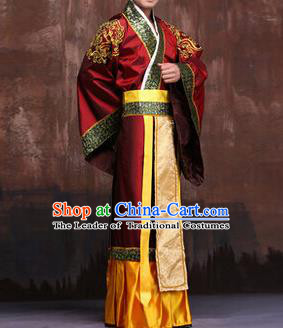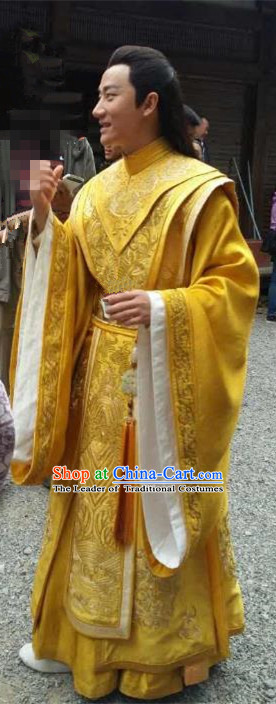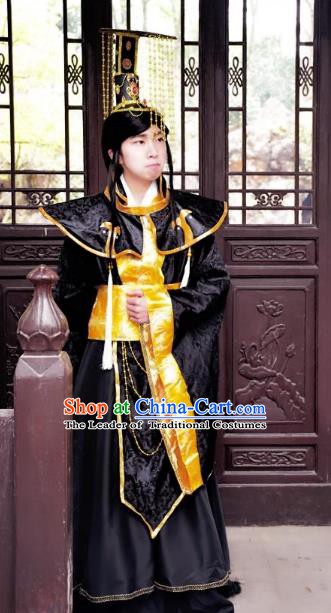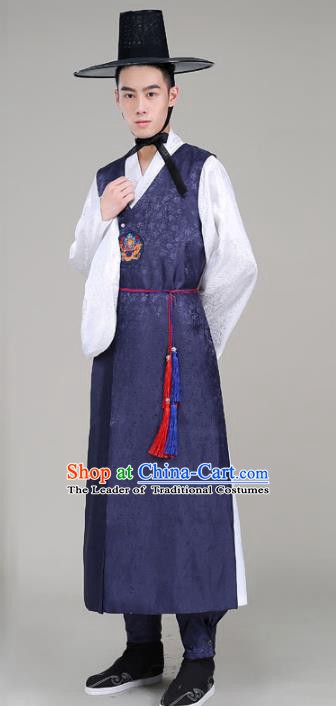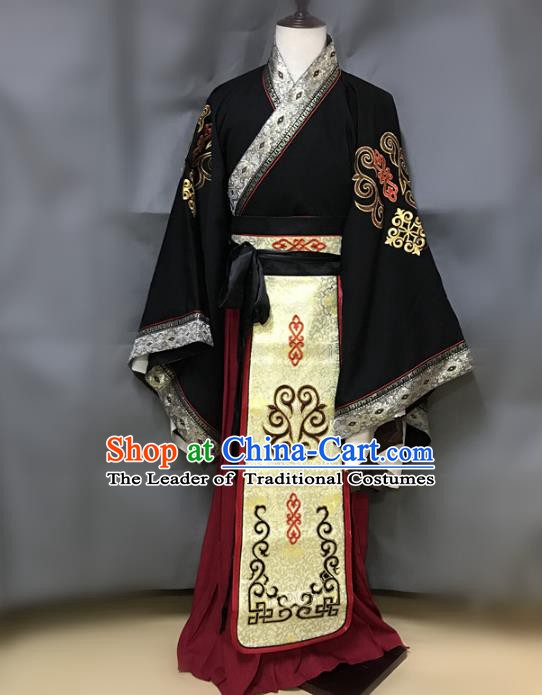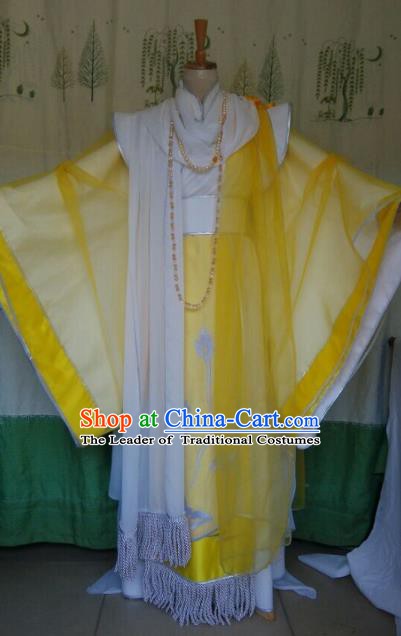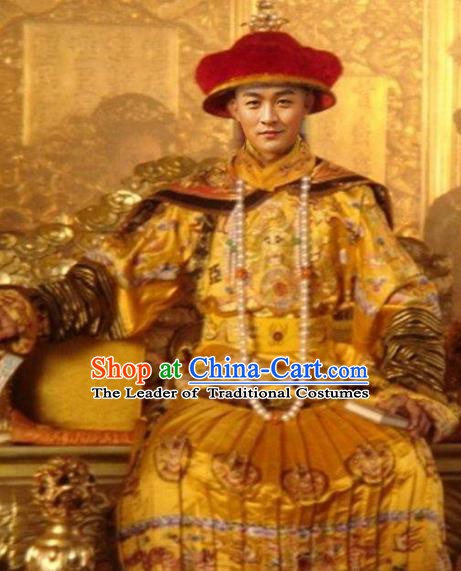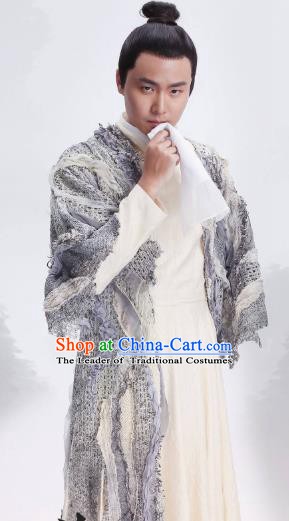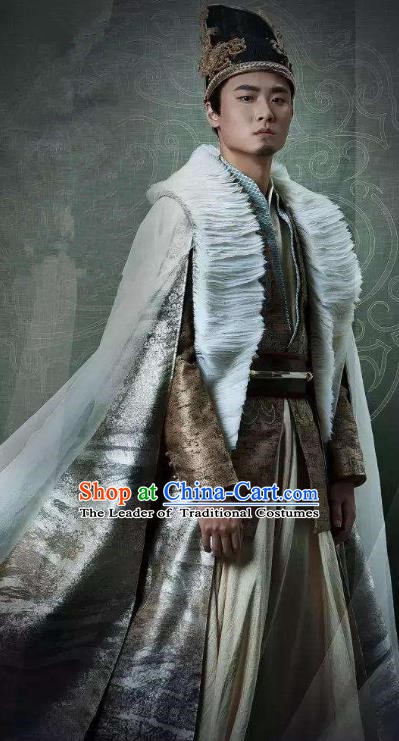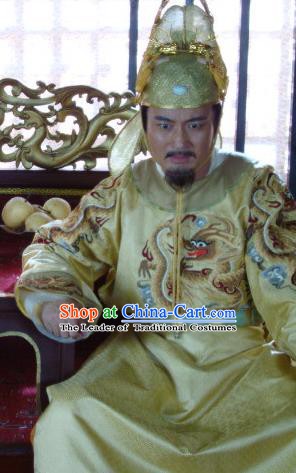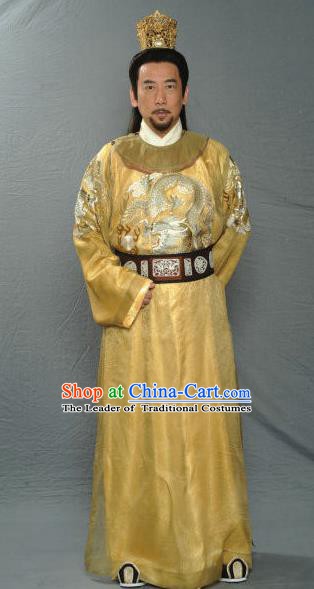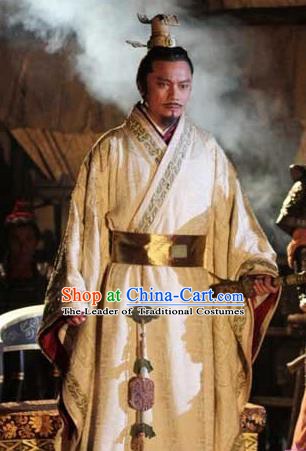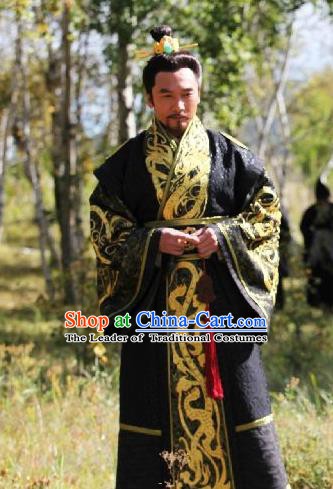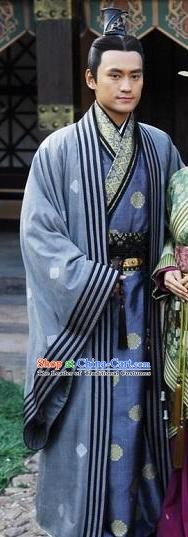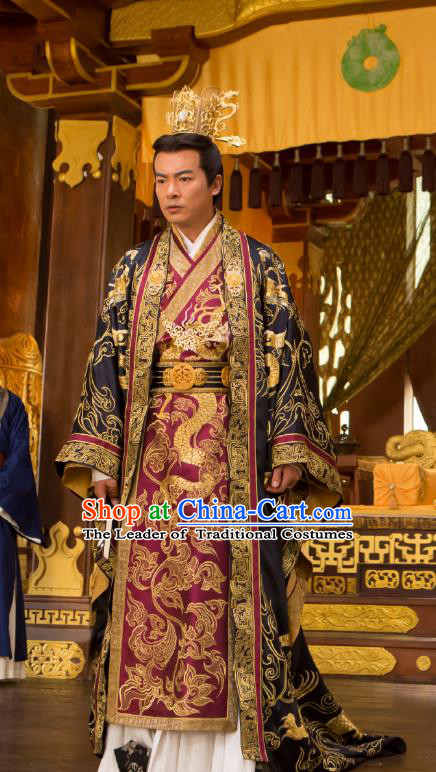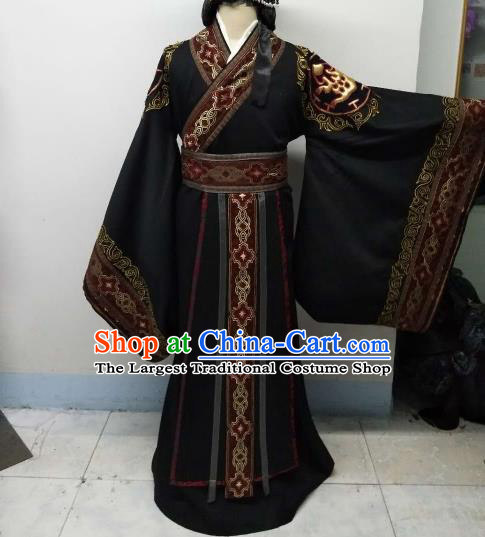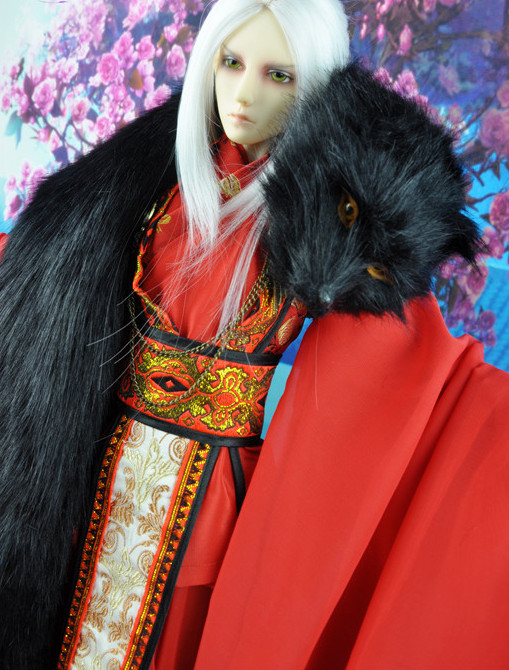
Click Related Pictures for More Audios:
The traditional clothing of Chinese emperors, with its gorgeous, solemn and unique design, showcases the unique charm of ancient Chinese culture.
These costumes not only represent the symbol of imperial power, but also reflect the aesthetic concepts, craftsmanship level and historical background of that time.
Among the many Chinese emperor's costumes, the dragon robe is the most famous one.
The design inspiration of the dragon robe comes from the dragon in traditional Chinese culture, which has a supreme status in Chinese culture, symbolizing imperial power, authority and strength.
The color of the dragon robe is usually red, because red represents joy, auspiciousness and prosperity in traditional Chinese culture.
The patterns on the dragon robe are rich and varied, some are dragon patterns, some are cloud patterns, and others are floral patterns.
These patterns all imply good luck and wish for national prosperity.
In addition to the dragon robe, there are other important emperor's costumes, such as the python robe and the golden dragon robe.
The python robe is a loose-fitting robe usually worn for daily wear.
The golden dragon robe is a formal dress worn by the emperor on important occasions, characterized by golden dragon patterns and exquisite embroidery.
These costumes are made of silk, which is soft and smooth to wear.
During the production process, these emperor's costumes need strict selection and production techniques.
Firstly, high-quality silk is selected as the fabric, then multiple processes such as dyeing, weaving and embroidery are carried out.
Finally, these costumes are sewn into finished products and undergo strict quality inspections.
All these processes require a lot of time and effort, so these emperor's costumes are often worth a fortune.
In conclusion, traditional Chinese emperor's clothing is an important part of Chinese culture.
It not only has high artistic value, but also carries rich historical connotations and cultural significance.
By appreciating and studying these costumes, we can better understand the history, culture and aesthetic concepts of ancient China.
